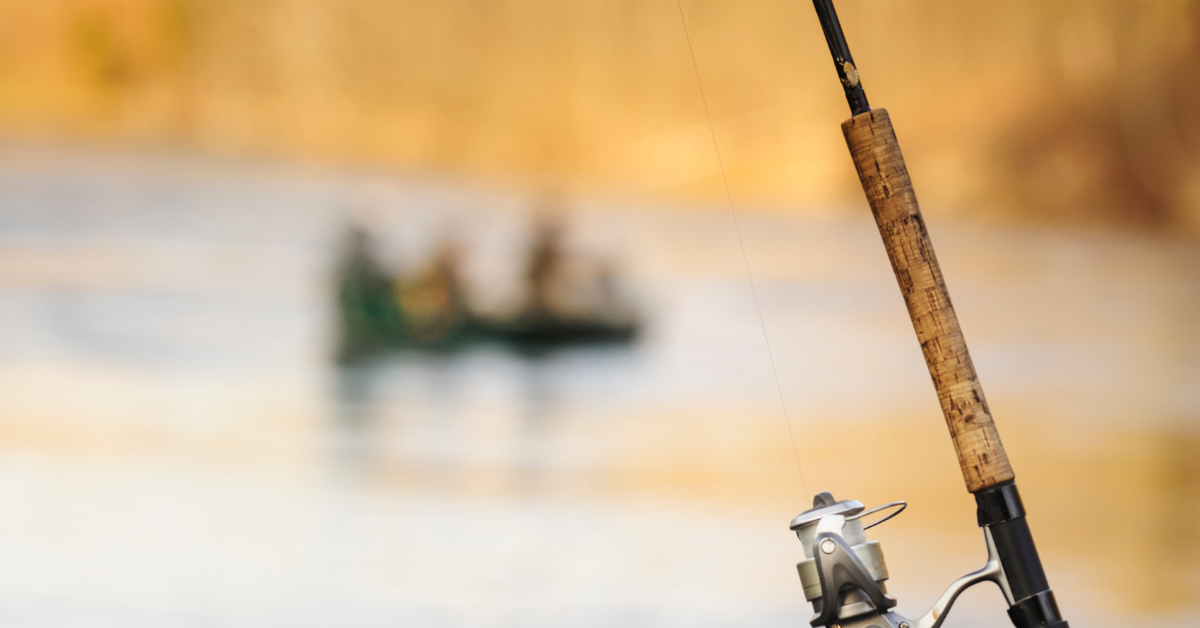
Michigan’s Fishing Industry: A Struggle for Change
Michigan’s commercial fishing industry is struggling to adapt in the wake of new regulatory requirements and declining whitefish catch. What’s the reason for such a struggle? It’s a mix of clashing cultural, political, and social viewpoints.
Commercial Fishing Struggles
Both native and commercial fishers have been reporting growing lake trout populations are consuming whitefish as a prey species. Researchers also say the whitefish populations have been decreasing due to a rapid rise in quagga and zebra mussel populations.
Quagga and zebra mussels are filter feeders and invasive to Michigan. They have essentially cleaned the Great Lakes water by eating the phytoplankton that provides food for diporeia – a small crustacean that makes up most of the whitefish diet. With a decrease in their food supply and an increase in predatory species, the whitefish has not had good luck.
How Can We Change to Survive?
In a frantic response, Michigan’s commercial fishing has started pushing to expand the list of species they can catch, including lake trout and walleye. Doing so would for sure help ease the decline of the whitefish population.
Sport fishers do not like the idea and argue that the real economic value to the state comes from sportfishing. The interest group also argues that expanding the catch list could put sportfishing under too big of a strain.
Native fishers have also joined the argument, citing the Michigan DNR utilizes outdated management strategies that promote unequal access to fish stocks. They also say allowing commercial fishing to decline will negatively impact their ability to sell their catch.
The DNR rebutted stating they have had the health of sport fishing as a primary focus since the late 1960s. They do recognize that the commercial fishing industry is a hollow shell of its former self, and they attribute that decline to the decreasing whitefish populations.
However, they have not clearly outlined whether other species can be safely fished by the commercial industry. Often shrugging off criticism and highlighting that the real change comes from the Michigan Legislature, who provide the agencies with clear instruction on where the state’s fishery needs to be heading.
A Continued Fight for Change
The struggle between commercial fishers, sport fishers, and native fishers has not gone unnoticed. A Senate Natural Resources Committee report from Nov. 2020 highlighted the difficulties of addressing the commercial fishing species list while pleasing all three industries at the same time.
There is one option that may appease all three groups while giving commercial operators another option to continue productive work. We are referring to aquaculture, which would be a method of raising commercial fish in pens in the Great Lakes.
Michigan currently maintains a ban on private fish pens in the Great Lakes, mainly due to the fear of environmental impacts. But our neighbors in Ontario already allow aquaculture under strict regulations which aim to minimize environmental impacts. In fact, one fish farm based near Ontario has been in continuous operation since the early 1980s.
On the other hand, Michigan does allow inland aquaculture operations and even has established regulations to govern these businesses. These operations – trout ponds, minnow ponds, and others – actually make up a larger portion of the state economy than commercial fishing.
If aquaculture is not the direction we would like to head, there is also the option of integrated multitrophic aquaculture systems. Aquaculture coordinates the production of fish with other plants or shellfish and turns waste into food for other freshwater species.
Regardless of the direction Michigan and the DNR go in, it’s clear that swift action is needed. The only semblance of hope to resurrect this struggling industry is the allowance of aquaculture fishing techniques. But with clear opposition coming from various fishing groups, the state has its work cut out for them.
